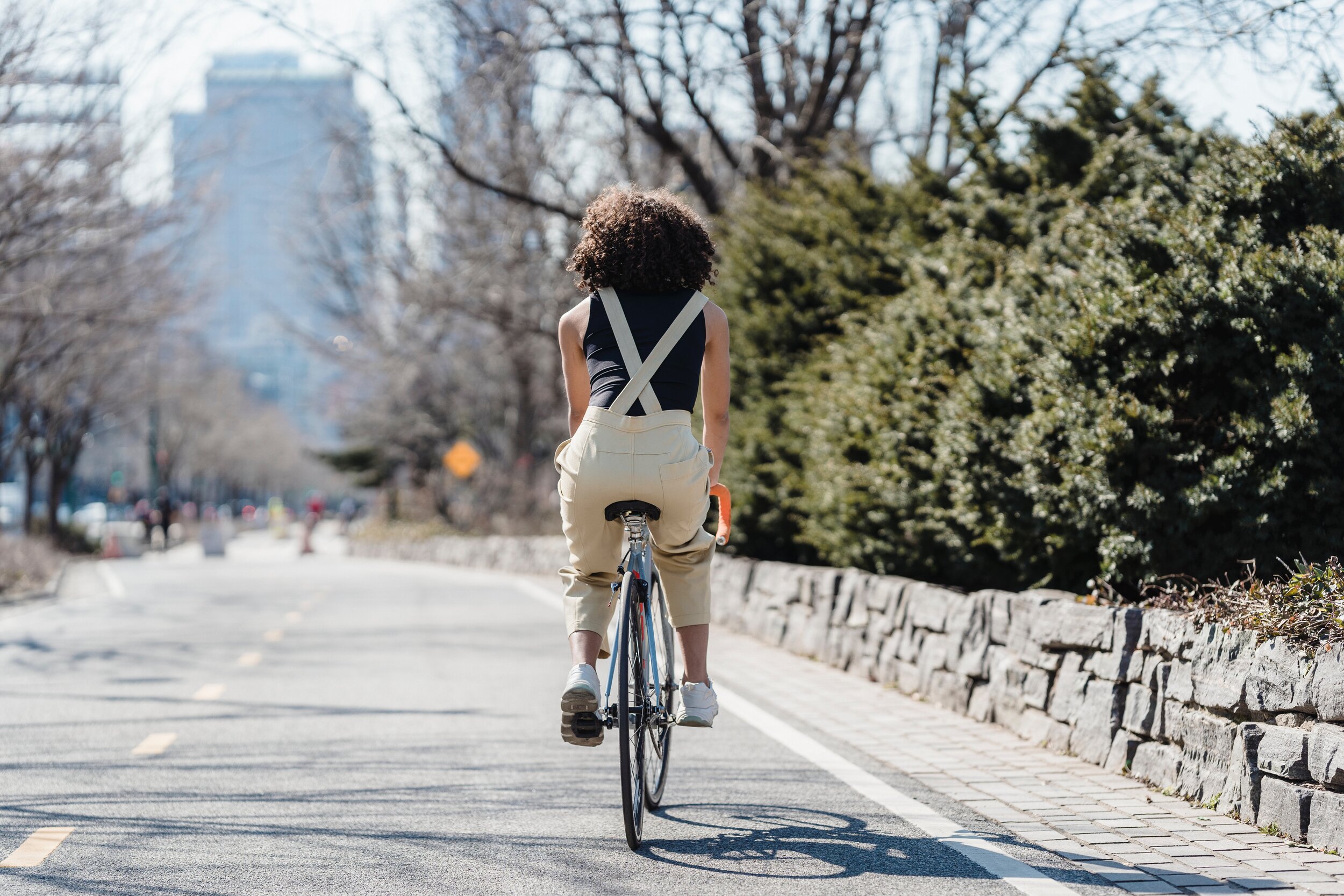Remember when you learnt how to ride a bicycle?
I remember it so well, the falling off and getting back on again. My desire to ride spurred me on through the frustration of falling off again and again. I wanted to ride my bike so badly that I kept at it. I would not give up!
I often use the analogy of learning how to ride a bicycle in my coaching work with clients. Coaching is about change. When clients start the coaching process there is much enthusiasm and motivation to make changes, then comes, what I call the ‘sticky stage’, where we are clear in our mind about what we want to change and why but our actions do not follow suit and we fall back into old habits, into what we know, our comfort zone. This is the point when we got back on our bikes, only to fall off again. Very few of us give up learning to ride at this stage – the number of cyclists is testament to this, we push through. Why is this? What gets us back on the bicycle again and again? What drives us to persevere and not give up?
Photo: Blue Bird
Whilst learning to ride we were highly motivated by the anticipation of freedom and joy of riding a bicycle. We believed that we could do it and most importantly we knew that change was possible at that crucial stage of falling off the bike again and again. We had confidence in the process, that each time we fell off, we would stay on the bike for a little longer the next time…Intuitively we sensed that change was happening, we would work through the frustration and we would continue to wobble along for a little longer until one day we stayed on the bike. That’s the process of change.
Sustained change happens incrementally and slowly, there is no fast track.
Change begins in the mind. We know intellectually that we want and need in order to make changes to live a better, more meaningful life. The WHAT we want to change is often clear but the HOW, the process of making changes, beginning to do things differently, is not easy.
This is because our ego doesn’t like change. Its main concern is to keep the status quo, to keep us in our comfort zone, safe, secure and protected. However, as human beings we also need to thrive, be active, fulfil our potential, make a contribution, have meaning and purpose in our life.
Photo: Suzanne D Williams
Change is an intrinsic part of life. To deny it means swimming against the current of life. It’s painful and deeply unfulfilling. So how can we hold this conundrum?
Coming back to the analogy of riding a bicycle, these were the steps to success:
1. We wanted it badly = strong motivation
2. We had a clear vision = we could imagine or sense the joy, freedom and satisfaction that would come with riding a bicycle.
3. We were connected to the reward and benefits = joining our friends, roaming about and going places!
4. We believed that we could do it = confidence in ourselves and kindness.
5. Little or absence of fear = we could perhaps feel the fear (I certainly did) but it wasn’t dominating (it wasn’t stopping me from getting back on the bike).
When fear holds us back
Fear is the one thing that most holds us back from doing what we love doing. It’s the fear of the unknown, fear of losing control, fear of falling apart, fear of losing our job, fear of losing status, fear of losing loved ones, fear of failure, fear of our own potential, fear of rejection that leads us to resist change – however much we might want it.
How to embrace change?
When we turn towards change, relax into it, life becomes meaningful. The meaning comes from making the effort to expand our comfort zone and turn towards our fear.
Take a moment to reflect on the following questions – built around the steps to success in learning to ride a bicycle.
1. Motivation: what moves you to change?
2. Clear vision: what does your life feel and look like when you’ve made the change(s). What’s possible?
3. Rewards and benefits: How will you benefit from the change(s)? How will those around you benefit from the changes in your life?
4. Self-belief and confidence: What belief do you hold about yourself? What’s your self-view about the change you want to make? “Yes, I can do this.” or “I can’t’ do it, I’m not good enough….?” Examine your thoughts here and check whether they are true? Most often they aren’t. The attitude we bring to ourselves is crucial too. Are you kind to yourself or harsh and critical?
5. Facing fear: Do you feel fearful? It’s normal and human. Fear is part of life. Can you feel the fear, can you face it, acknowledge it with kindness and compassion, listen to it, reassure the fearful part in you that it’s going to be alright vs allowing fear to govern your life?
If you need some help and support to make change(s) happen in your life, get in touch to book your complementary initial coaching conversation.
For those of you who like the idea of immersing yourselves in nature, check out my half or whole days of coaching in or around London: Coaching Immersion Days.
Listen to this podcast: Both sides of the coin in which Jenny Butter interviews me and one of my clients about our experience of a Coaching Immersion Day.


